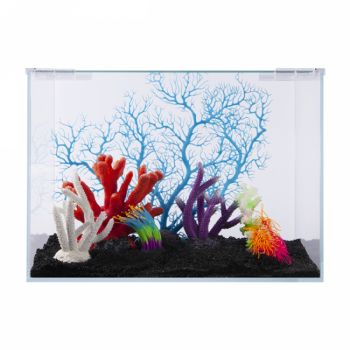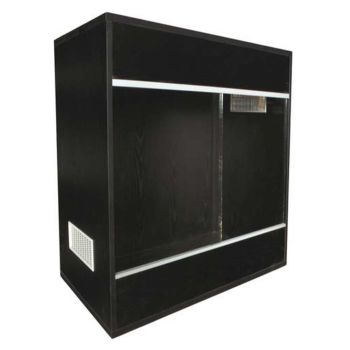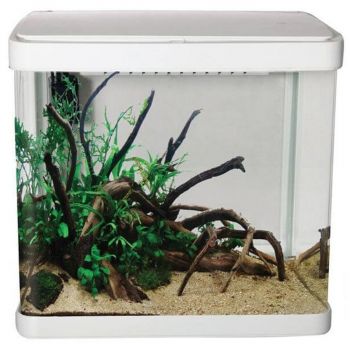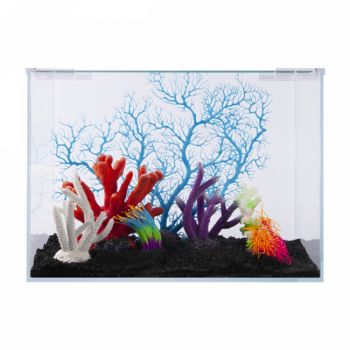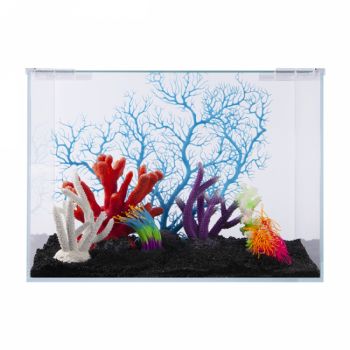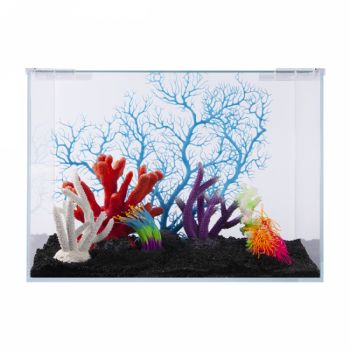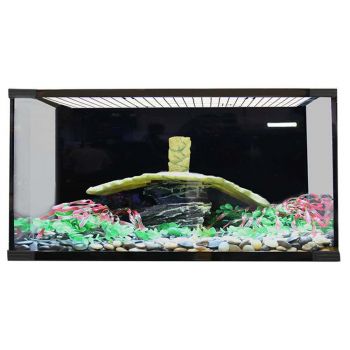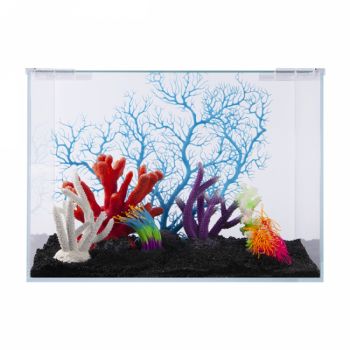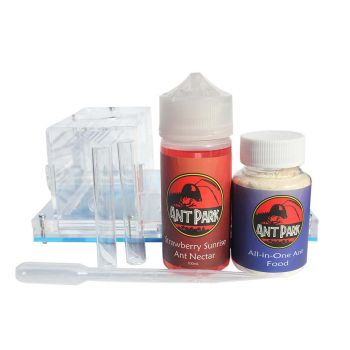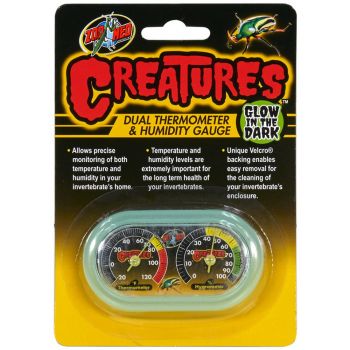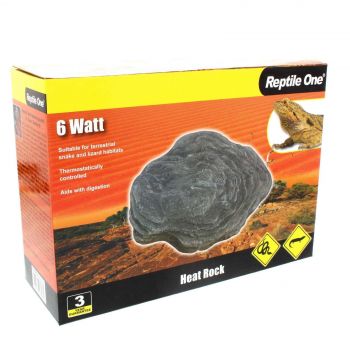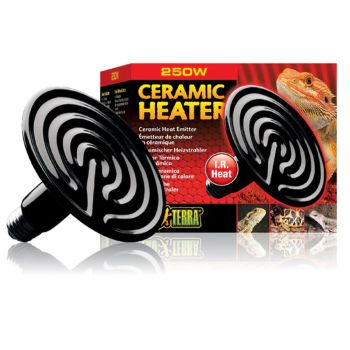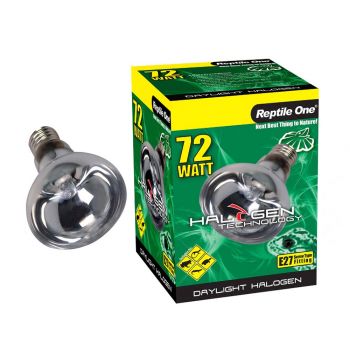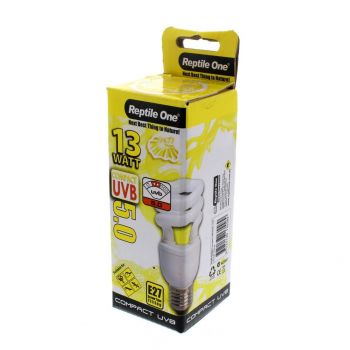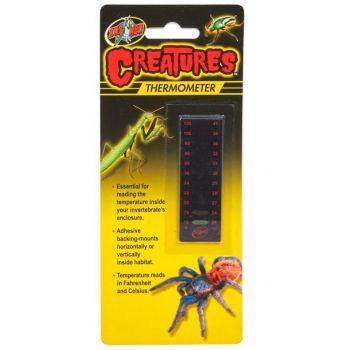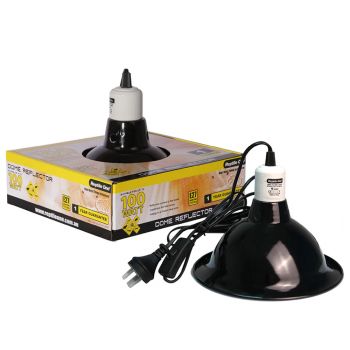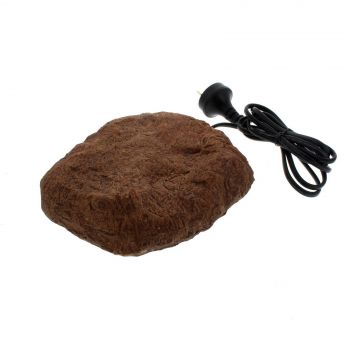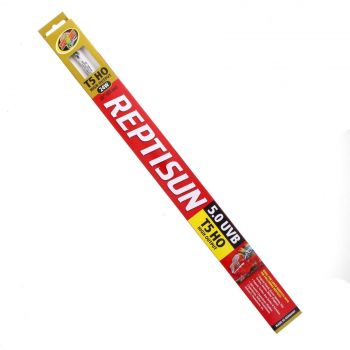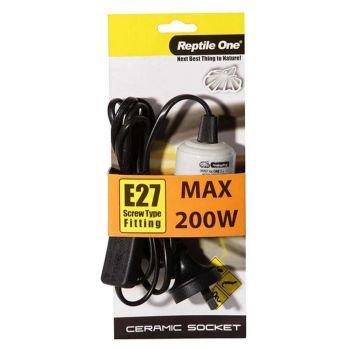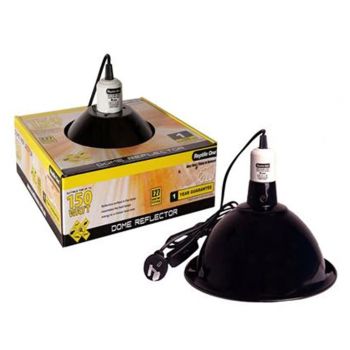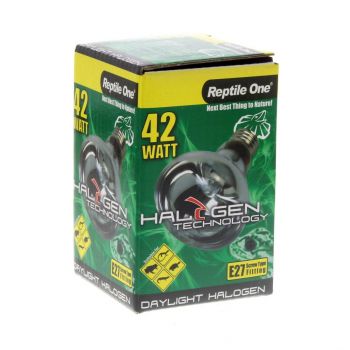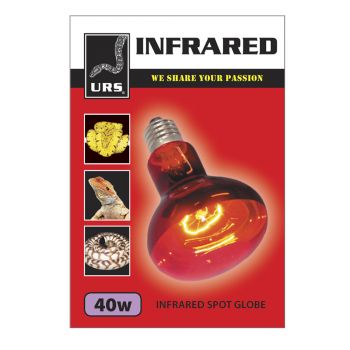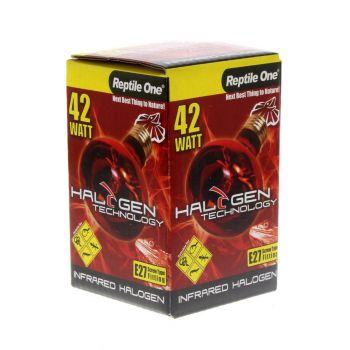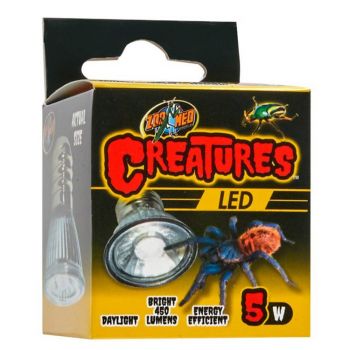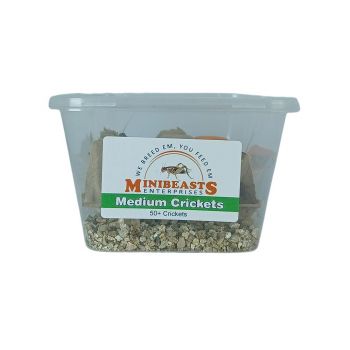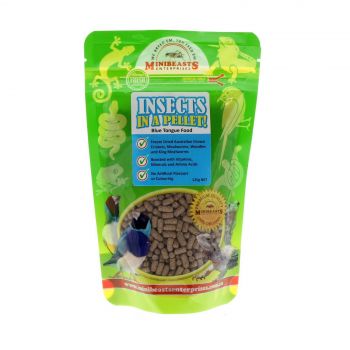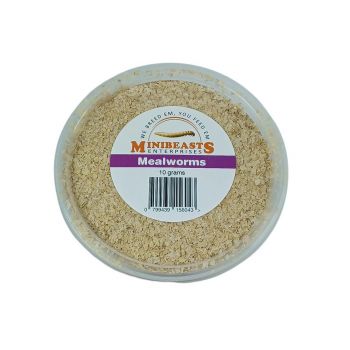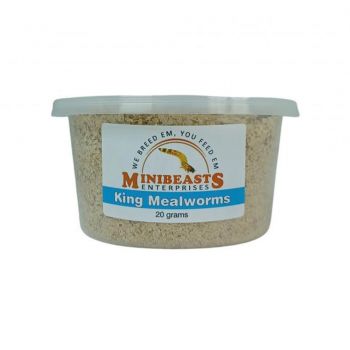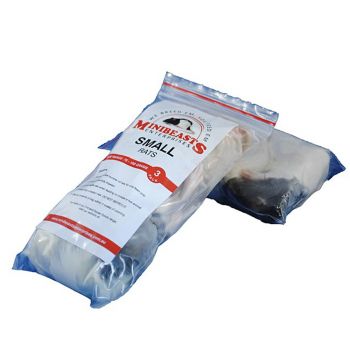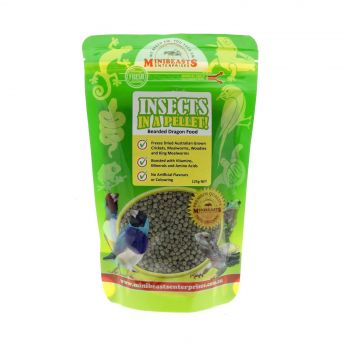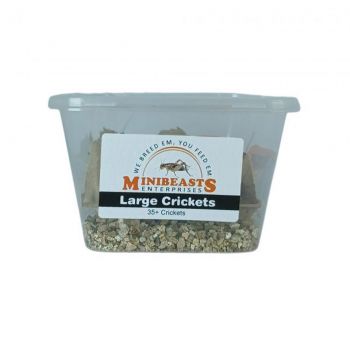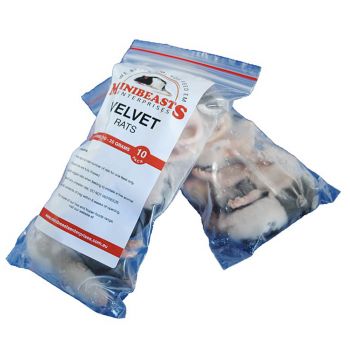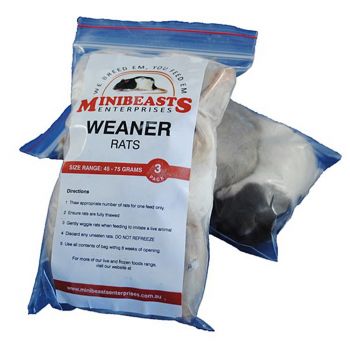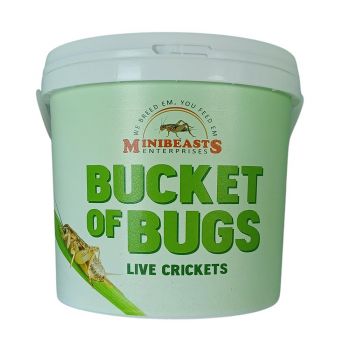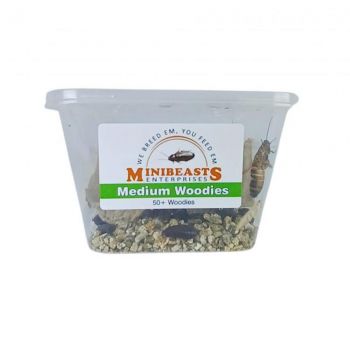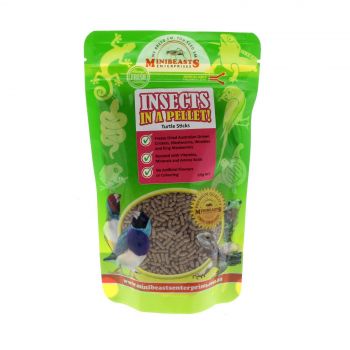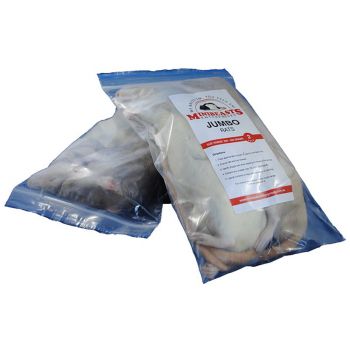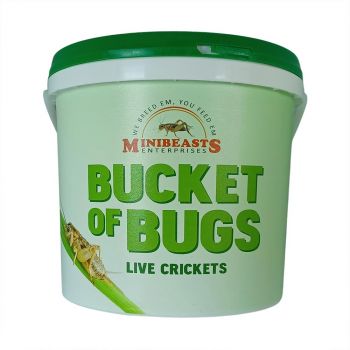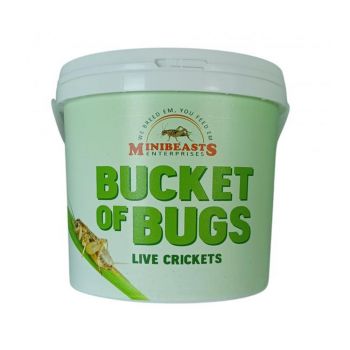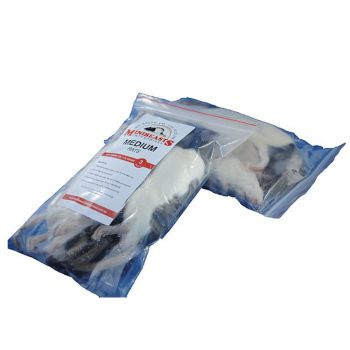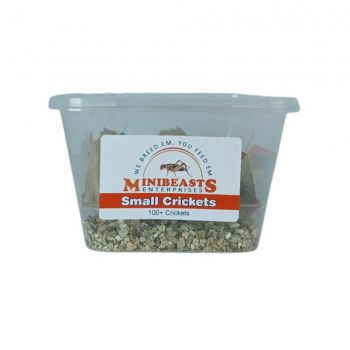THE ULTIMATE REPTILE ADOPTION AND CARE GUIDE
Reptiles are fascinating creatures that have adapted to a variety of habitats and climates. They breathe air, regulate their body temperature externally, and reproduce by laying eggs covered in scales - characteristics which make them distinct from other animals. Though reptiles are not typically companion animals, they certainly make for an enjoyable hobby as a pet. However, it should be noted that frequent handling of the reptile may prove to be hazardous to both owner and animal alike. Reptiles require minimal care overall but you must remain vigilant in ensuring their enclosure is spic-and-span with regular feeding and toxin-free water - allowing your pet to live its life at full length!
Legislation and Licences for Keeping Reptiles
If you wish to keep most species of reptiles in captivity, a licence must be acquired from the Department of Environment, Land, Water and Planning Customer Service Centre (136 186). Furthermore, all animals including amphibians are safeguarded under The Prevention of Cruelty to Animals Act 1986.
It is completely illegal to take reptiles from the wilderness and keep them as pets in Australia - all reptile companions must have been incubated within captivity.
Reptiles make amazing creatures to keep as a pet, but it is essential to note that each species has different environmental necessities. Make sure you do your research and consult with an experienced reptile keeper or vet before making the commitment – this will ensure your scaled friend receives the love and care they need!
The Code of Practice for the Private Keeping of Reptiles provides an array of recommended reptile species that are suitable as pets and necessary information on how to properly care for them. Reptiles can live a surprisingly long time, so it is essential to provide them with monthly cleanings, maintenance and overall upkeep in order to ensure their health. If at any point you no longer wish to keep your pet reptile, be sure to find another home or have it humanely euthanased rather than abandoning it.
Under no circumstances should you release live reptiles into the wild, as they can potentially transmit diseases to our indigenous wildlife and disrupt their habitats by introducing foreign species that could become a rival.
Housing and Environment for Reptiles
Creating an environment that meets your reptile's needs is necessary, regardless of its size. For larger species, you can piece together varied habitats or even construct room-sized enclosures. When it comes to smaller animals, several terrariums are available which precisely replicate a natural home!
The shape and height of the enclosure should match the animal that will inhabit it: an upright narrow cage containing a climbing branch suits tree dwellers like chameleons; low wide cages make suitable homes for ground-roaming reptiles such as tortoises.
When selecting a floor covering for your pet, there are many different options to choose from - each with its own advantages. One of the primary benefits is cleanliness. Reptile carpets can be acquired at most pet stores; however, it's not recommended that you use household carpets as they're usually treated with potentially dangerous chemicals and may cause abrasions. While reptile sand is an option, these tiny particles often get stuck on their feet or even worse ingested if mixed in their food – which could prove harmful to them!
When it comes to your reptile's comfort and safety, cage decor is essential. Providing them shelter through camouflaging or basking limbs gives them a sense of security, while food and water dishes as well as heating devices guarantee the necessary maintenance for their health. Even just adding some rocks or plants can help you create an inviting environment for your pet!
To keep your reptile safe and healthy, take the time to thoroughly clean any item before putting it in its enclosure. Also, consult a knowledgeable reptile specialist on how to create optimal habitat for your new pet.
Temperature
Maintaining the correct temperature in a reptile's enclosure is key to its health and well-being. Depending on the species, this can be accomplished by employing one or multiple methods of heating that create a thermal gradient - warmer at one end, cooler at the other. To ensure your pet remains comfortable and healthy, it is essential you understand what temperatures are best suited for them based on where they originate from naturally.
Heating can be provided in several ways:
- - basking lamps
- - ceramic heating elements
- - under tank heat sources
- - central heating for the entire building
- - space heaters are used only in the reptile's room.
Heating devices placed outside of the enclosure will protect against potential scalding accidents. While hot rocks can be used as a supplementary heat source, they must be handled with extreme caution. To make sure the temperature is suitable for your reptile, make sure to install a wide-range thermometer in their habitat so you can keep an eye on it constantly.
Lighting
Reptile owners can provide optimal lighting for their pets through a full-spectrum incandescent basking lamp or specialized fluorescent bulbs that are available at Wallington's WRG. With the right light source, your reptilian companion will be sure to thrive in its new home! Make sure to research which UV light is best for which reptile by reading out the blog here.
Feeding your Reptile
When caring for a reptile, the frequency of its meals will be dependent on its usual activity levels: smaller and more active species should receive food every day, whereas larger lizards that move about less can get by with one meal each week.
Carnivore reptiles eat proteins such as:
- - rodents
- - insects
- - invertebrates
If you have a herbivore reptile, it's imperative that they get enough food and diversity in their diet. Fortunately, pet stores carry specialized diets with all the vitamins and minerals needed for your beloved scaly friend.
Cleaning the Enclosure
Keeping your reptile's habitat clean is one of the surefire ways to keep them healthy and extend their life. It is advised that you tidy up its enclosure once a week, washing and sanitizing all components before reinserting it into its domain. You should make sure to disinfect items such as:
- - dishes
- - floor covering
- - cage décor
Health Problems
When it comes to reptiles, appetite loss is often one of the first signs that something is wrong. Make sure your cold-blooded friend has a hide box or hollow log in their cage, providing them with plenty of privacy and security to rest peacefully. Furthermore, leaf litter adds an additional layer of comfort for elapids while they slumber away from watchful eyes. Additionally, keep an eye out for internal and external parasites – both can cause health issues such as weight loss and lack of energy leading to cessation in food consumption!
To treat internal parasites such as worms, a vet can administer your pet with either Ivermectin or Drontal or Panacur. For external insects like mites and ticks, you can easily manage this by giving the animal an Orange-Medic bath. This lice treatment is available in most chemists' stores. Plus, ticks can be quickly removed if grabbed at its base using tweezers!
Stomatitis is an infection that stops a reptile from eating (the first clinical sign). Injectable antibiotics from a vet are usually needed as well as a mouthwash (usually iodine-based or dilute chlorhexidine) from your chemist.
Signs of respiratory infection include:
- - bubbles of saliva at the nose or mouth
- - excess mucous in the mouth
- - a popping sound at the exhale.
The telltale signs of digestive illness lie within your reptile's droppings. If you suspect any sort of respiratory or gastrointestinal distress, it is best to seek the help of a veterinarian who can administer the necessary antibiotics for treatment. Baytril and Fortum are two medications that have proven to be highly effective in combatting these types of ailments; oxytetracycline has been found to be less so.
Investing in a veterinarian with expertise and understanding of reptile medicine can save you both time and money.
Handling
When selecting a pet reptile to handle, it is essential to consult with a knowledgeable pet store that specializes in reptiles. Not only can they help you pick out an appropriate and safe choice, but they will also provide advice on proper care and handling of the species. Furthermore, there are some types of reptiles that must not be handled at all – for both your and their safety!






